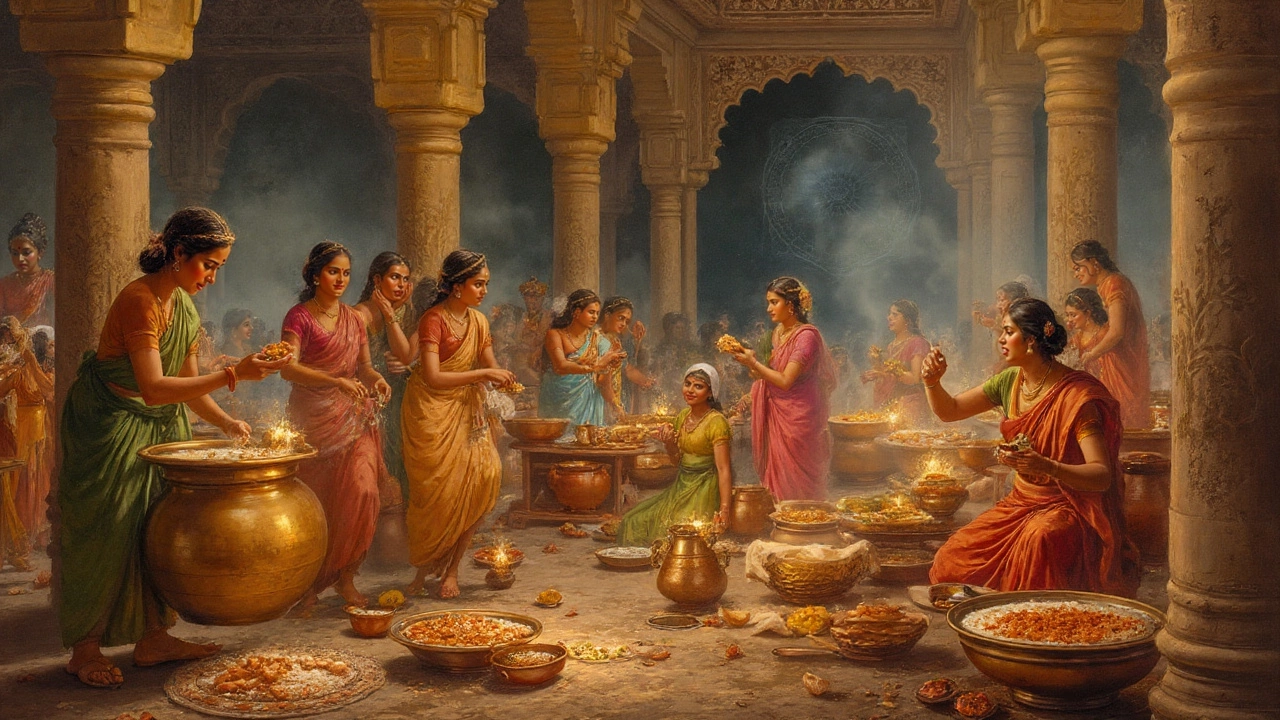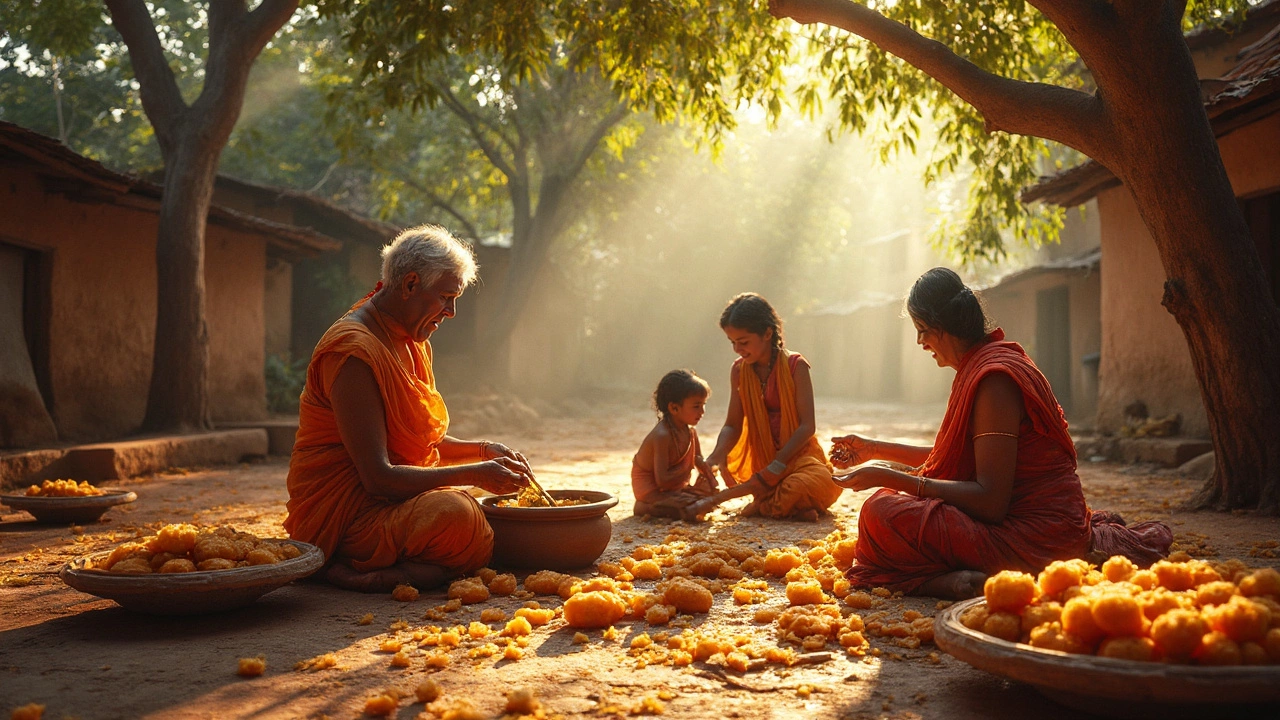Ancient Indian Sweets – Flavorful History & Easy Recipes
India’s sweet tradition runs deeper than any spice market. From temple offerings to royal feasts, these desserts have been part of daily life for centuries. If you love a good Gulab Jamun or want to try a forgotten treat, you’re in the right place.
Most ancient sweets started as simple mixtures of jaggery, milk, and local nuts. Over time, chefs added ghee, cardamom, and aromatic herbs to create richer flavors. The result? Recipes that survived wars, migrations and even colonial rule.
Every region put its own spin on the base ideas. South India gave us:
- Payasam – a rice or vermicelli pudding cooked with coconut milk and jaggery.
- Mysore Pak – a buttery, grainy delight made from chickpea flour and ghee.
North India contributed:
- Kalakand – a milky fudge made from paneer and sugar.
- Ladoo – round bite‑size balls of gram flour, ghee and sugar.
The common thread is the use of fresh, locally sourced ingredients. Milk, ghee, jaggery, and cardamom are the backbone of most recipes. These items not only add taste but also give the sweets a natural shelf‑life, which is why they were perfect for temple offerings that needed to stay fresh for days.
Why These Sweets Matter
Beyond flavor, ancient sweets tell a story about culture and community. They’re linked to festivals, weddings, and even daily prayers. Knowing the background helps you appreciate why a piece of Peda is offered to a deity or why a bite of Halwa marks the end of a harvest season.
Modern nutrition trends often label sweets as “bad”, but many old recipes rely on whole ingredients. Jaggery provides iron, ghee offers healthy fats, and nuts deliver protein. If you watch portions, you can enjoy these treats without guilt.
Quick Ways to Make Classic Treats
Below is a fast version of Mysore Pak, one of the most beloved South Indian sweets. You only need three ingredients and a stovetop.
Ingredients: 1 cup chickpea flour (besan), 1 cup ghee, 1 cup jaggery (or brown sugar).
Steps:
- Heat the ghee in a heavy‑bottom pan over medium heat.
- In a separate bowl, melt the jaggery with a splash of water until it forms a syrup.
- Slowly add the chickpea flour to the hot ghee, stirring continuously to avoid lumps.
- When the mixture turns golden and starts to release a faint aroma, pour in the jaggery syrup.
- Keep stirring until the batter thickens and pulls away from the pan’s sides – about 5‑7 minutes.
- Spread the hot mixture onto a greased tray, smooth it with a spatula, and let it cool for 10 minutes.
- Cut into squares or diamonds while still warm.
That’s it – a sweet that tastes like a festival in every bite.
Here are a couple of extra tips: use a non‑stick pan to prevent scorching, and don’t rush the stirring. The slower you stir, the smoother the final texture. Store the sweets in an airtight container at room temperature for up to a week, or freeze them for longer shelf life.
Whether you’re exploring ancient recipes for the first time or revisiting family favorites, these sweets bring a piece of history to your table. Grab the ingredients, follow the simple steps, and enjoy the flavors that have delighted Indians for generations.
Ancient Indian Sweets: The Fascinating Origins of India's Oldest Mithai
Travel back centuries to discover the oldest sweet in India, its flavorful history, and why this dessert still makes hearts melt today.
Oldest Candy in India: Tracing the Sweet Roots of Indian Sweets
Ever wondered what counts as the oldest candy in India? This article digs into the ancient roots of Indian sweets, spotlighting jaggery-based treats and early sugarcraft. It unearths the story behind legendary sweets, explores why they've survived for centuries, and breaks down how these early candies were made at home. Expect taste, nostalgia, and a few surprising facts about India’s enduring sweet traditions.

